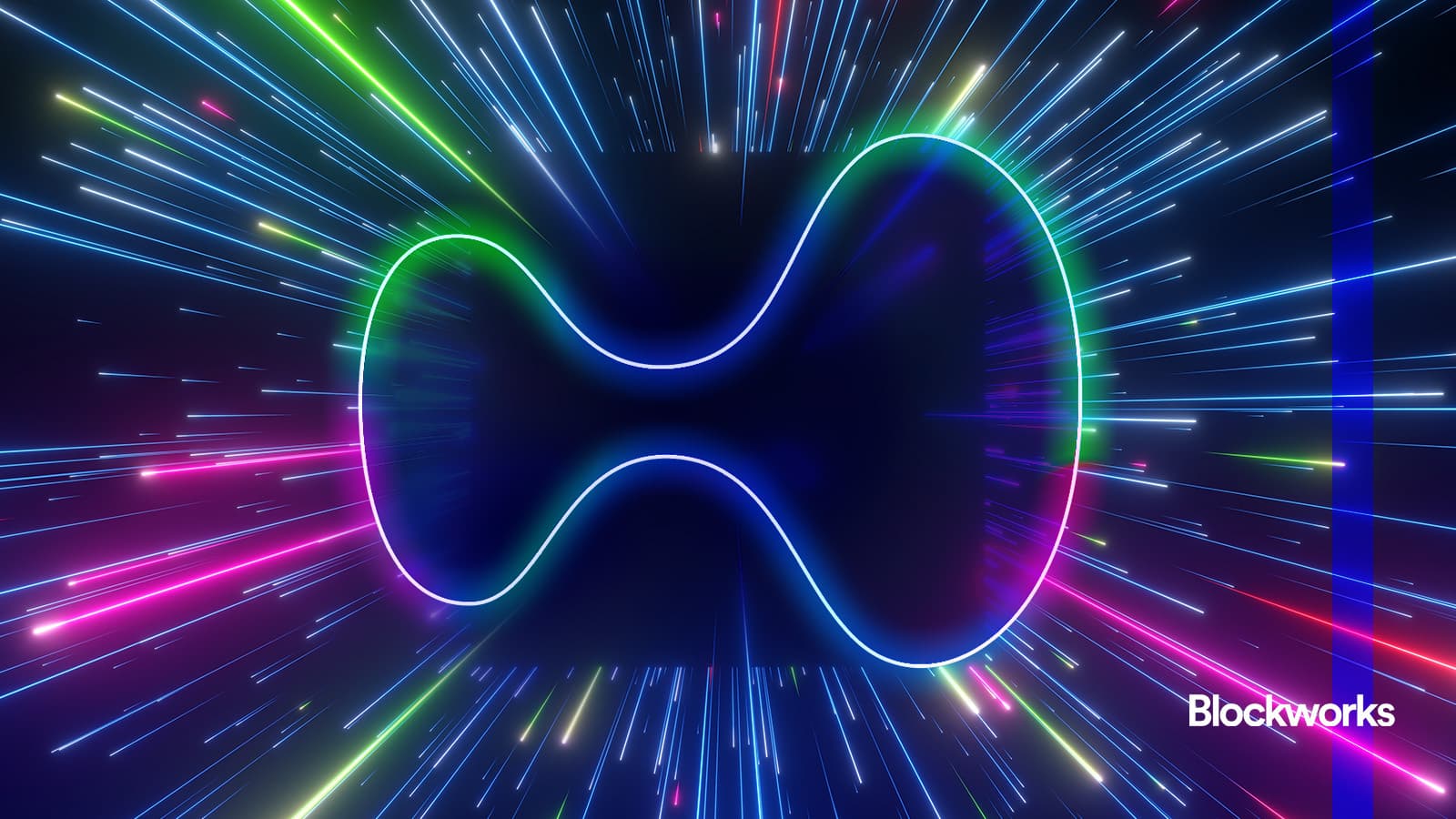Spark Finance, a DeFi protocol optimizing yield on stablecoins across various decentralized ecosystems, continues to advance its footprint in the stablecoin sector. According to data shared today by market analyst Dune Analytics, the TVL in USDT stablecoin has reached a new ATH of $900 million on the Spark Liquidity Layer, marking a new groundbreaking level for the first time in history. The surge highlights growing investor enthusiasm and demand for USDT’s stablecoin offerings on Spark’s on-chain network. Spark Liquidity Layer is a capital allocation tool that allows customers on the Spark network to deploy their stablecoins across various DeFi platforms for yield generation strategies.
USDT’s TVL Up 3500% Since July
Since the integration of USDT on the Spark Finance in April this year, the stablecoin has continued to witness significant growth on the platform. This implies that investors are increasingly using the stable asset to facilitate various economic activities (like trading, payment, staking, borrowing/lending, yield farming, etc.) in the decentralized finance environment. USDT on the Spark platform surpassed the 900 million TVL mark for the first time on October 24th, 2025, and it is up 3500% from the level noticed at the end of July.
According to data from market analyst Sentora, USDT’s TVL on Spark witnessed a tremendous spike, surging from $25 million at the end of July to almost 550 million at the end of September. This substantial growth indicates the platform’s broadening role in the crypto market as it attracts more financial usage and customer participation.
Spark is a DeFi network that functions as a decentralized capital manager, managing funds in the form of various stablecoins (including USDT, USDC, and several others) and allocating them to different DeFi protocols, which in turn, generate profit for token holders. Spark normally deploys funds to DeFi protocols like Ethena, Morpho, Aava, etc., and RWA platforms like Maple Finance, Superstate, BlackRock’s BUIDL, among others.
Unlike traditional DeFi stablecoin platforms that only concentrate on one feature (like yield farming, saving, or lending), Spark functions as a complete stack capital allocator that offers:
- Decentralized lending market with stable interest (through its SparkLend platform).
- Stablecoin savings with yield generation capability (through its Spark Savings).
- Automated capital allocation mechanism that manages funds’ distribution across DeFi platforms with the best returns (through its Spark Liquidity Layer).
Spark Enhancing Stablecoin Utility in Web3
The above milestone highlights Spark Finance’s commitment to laying the foundation for unlocking cross-chain functionality of various stablecoins across DeFi. Last month, on September 25, Spark integrated PayPal’s PYUSD stablecoin into its platform, a move that pointed out the demand for PYUSD and the prominence of Spark’s stablecoin framework.
By adding new stablecoins (like PYUSD) to SparkLend, Spark helps such stable assets grow and enables the DeFi borrowing and lending market to develop. Also, by integrating such stablecoins on the Spark Liquidity Layer, Spark helps broaden the accessibility of such assets for use in the wider DeFi market and support diverse on-chain applications.
Source: https://blockchainreporter.net/usdts-tvl-on-spark-finance-surpasses-900-million-milestone-unlocking-defi-cross-chain-functionality/



